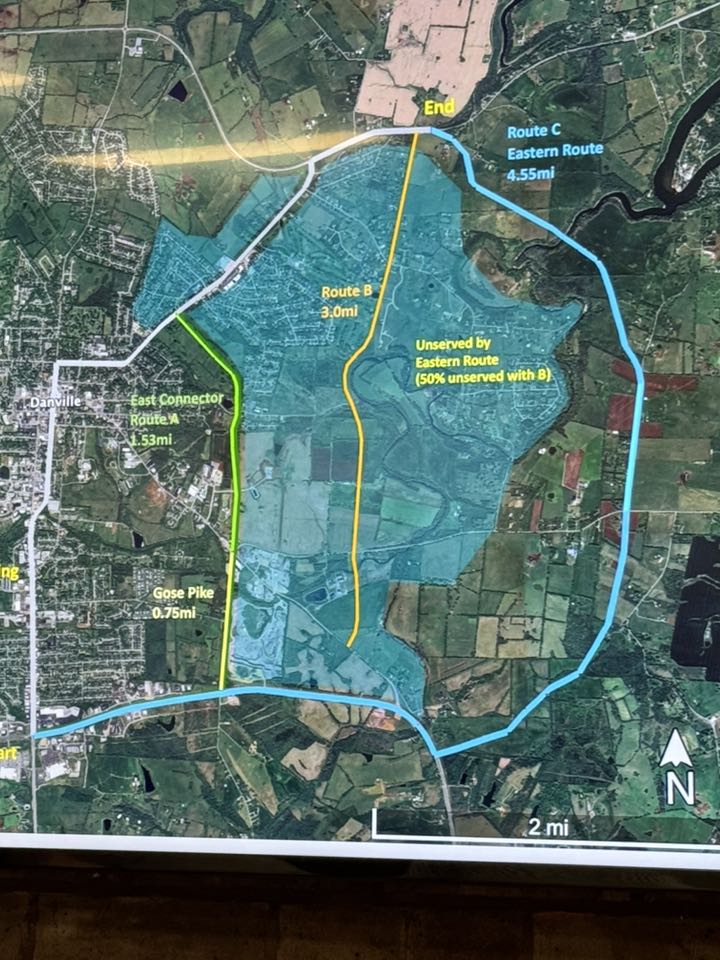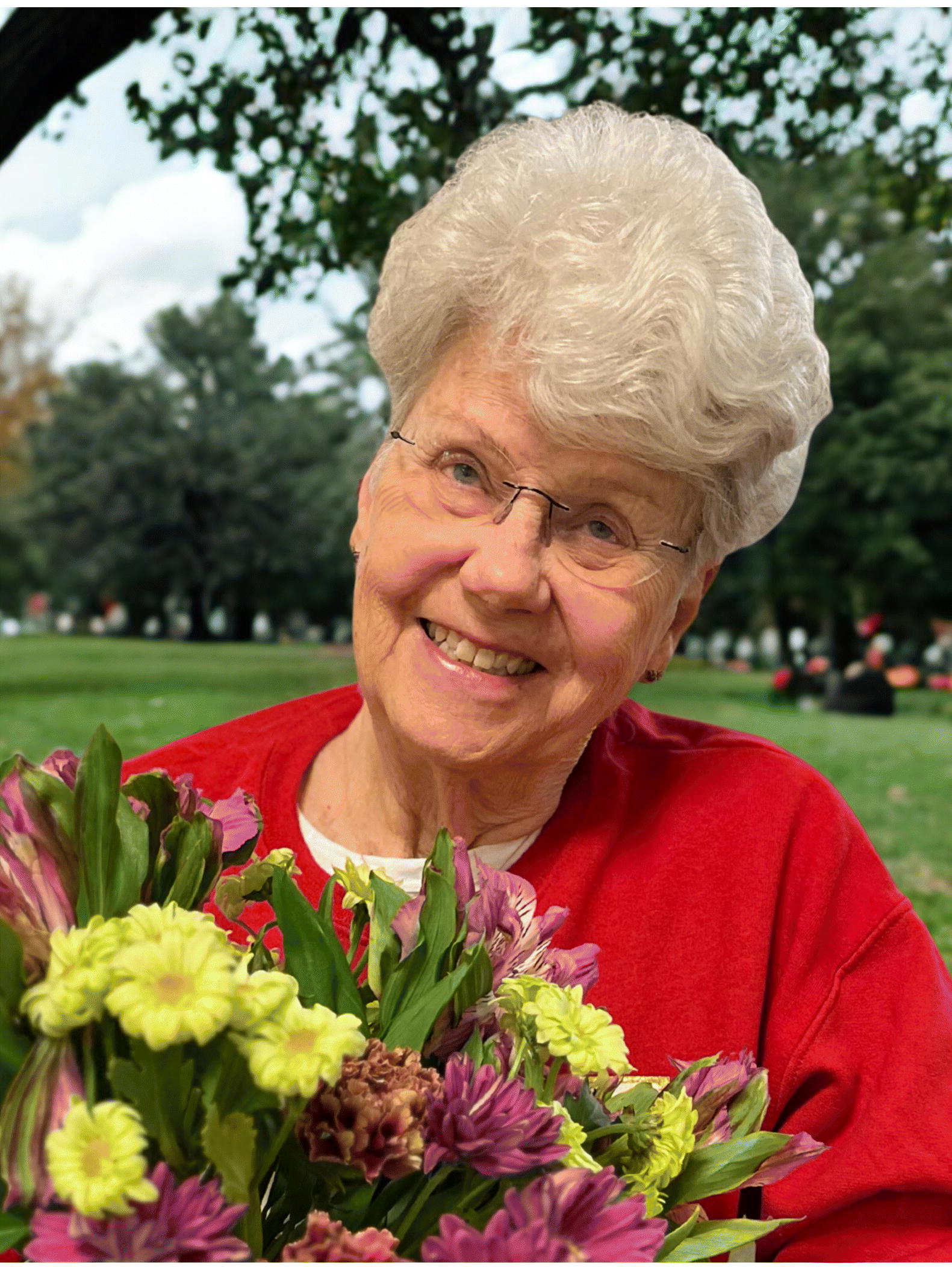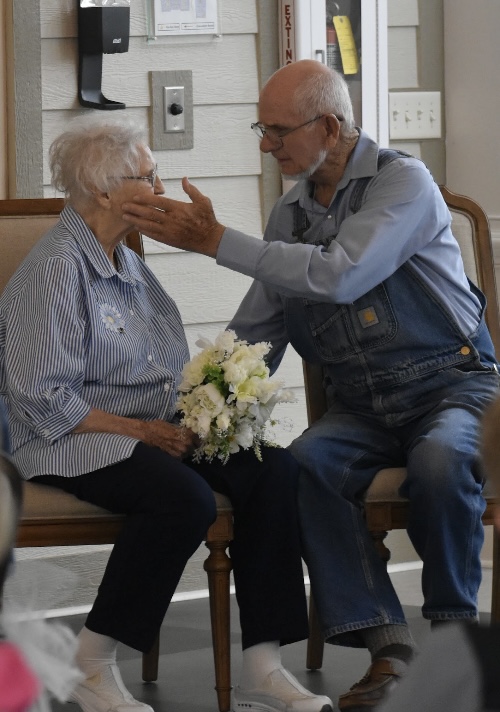The Danville-Boyle County African American Historical Society: Building progress, items and photos collected
Published 9:40 am Tuesday, February 2, 2021









Located at 108 N. Second Street, which is the site of the old Henson Hotel, the Danville-Boyle County African American Historical Society’s building is coming together. Copies of photos president Michael Hughes has collected from Black people in the community are on display, and Hughes wants to put them on the walls. Pieces of historical furniture and other items are also on display in the building. The building is still in progress, he said, and the photos and items come from members of the community.
Many of the old photos, strongly featuring what used to be Danville’s African American business district, are black and white, so Hughes likes to colorize them.
“It gives it new life,” he said.
Trending
The business district was a heart of the African American community, especially prior to integration, Hughes said. In interviews he has from 1991, almost all of the people he interviewed mention Second Street because it was central to the Black community. Restaurants, businesses and social clubs for Black people gave them a place to feel safe and together, especially on weekends. However, in the early ‘70s urban renewal bought up the land, cleared it and sold it to the state. The area is where Constitution Square now stands — it was turned into a park.
Especially since many young people don’t know what the business district was like, photos and recorded oral interviews with Black people who remember the community back then are important, Hughes said. The building will serve as a hub of history.
Hughes said a man named Pat Morley did a lot of work on the building, which dates back to the 1800s. He did a lot of the painting and went underneath the building and installed jacks to support the building and didn’t ask for any money.
“He did just an amazing job,” Hughes said.
Hughes said DBCAAHS, which is a nonprofit organization, has spent a considerable amount of money on the building and other efforts and always welcomes donations so it can pay for things like utilities for the building and raise money for events like future Soul of Second Street festivals. Hughes said once the DBCAAHS feels comfortable enough considering the pandemic to open the building to the public, it will be able to host tours and other events, and people will be able to come in and learn about the history. Hughes also said the organization has a bench they will put outside when the weather is better so people will be able to sit outside and talk about history as well.
To donate to the DBCAAHS, checks can be sent to Michael Hughes or Betty White made payable to the Danville-Boyle County African American Historical Society and addressed to P.O. Box 597, Danville, KY 40422.















